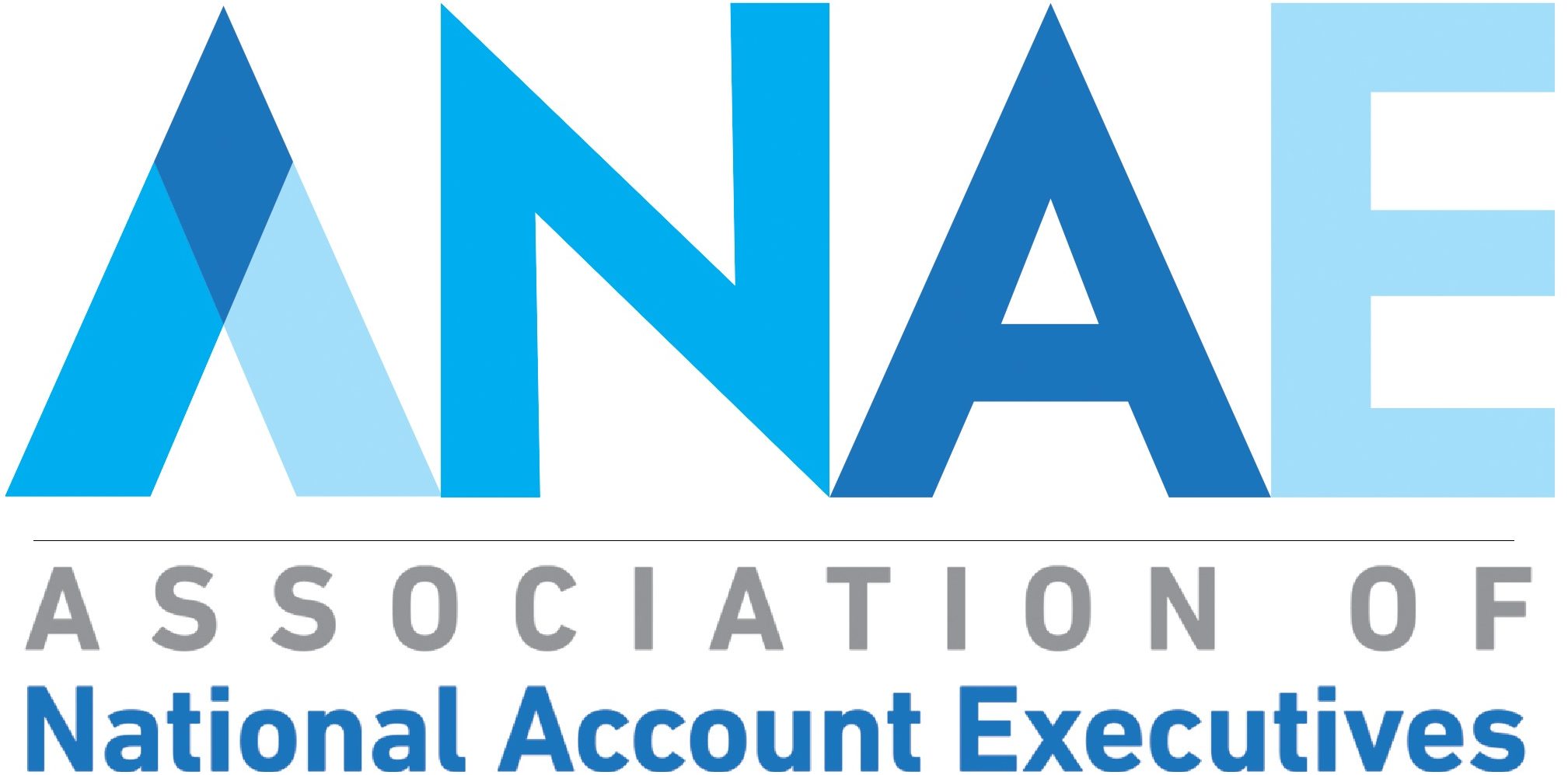Meena Medler, vice president of supply chain for UPMC, joined moderator Maria Hames in October for an all-encompassing webinar session about UPMC and the healthcare industry as a whole.
They discussed the collective journey of UPMC, including supply chain’s relationship with its other departments, its dedication to operational excellence and eliminating waste, and its shifting view to community integrated healthcare. During a time when so many health systems are facing existential bankruptcies, symbiotic relationships between health systems – across their own departments – and their suppliers are more important than ever.
Amid a post-pandemic world, UPMC is focusing on outcomes through lean processes and where it wants to be in 2024.
“The industry was always measuring for what it was saving,” Medler said. “And it was stepping over a dollar to pick up a dime.”
Investing in small, local suppliers
While UPMC has invested in local, domestic supplier commitments, it also hasn’t put all its eggs in one basket. Its own program for developing small suppliers has been in place for more than a decade and it helped UPMC during the pandemic. The program helps develop small suppliers to scale to provide for larger industries.
“Small suppliers pick up the slack when large suppliers can’t,” Medler said. “Part of our value analysis criteria factors in resiliency, risk and sustainability in rewarding contracts, and we’re more stringent now than before.”
GPO relationship, complexities as an academic institution
UPMC’s sourcing relationship with Premier has been great and the GPO brings value in market intelligence for UPMC. “We’re more complex than other health systems because of our academic research entity,” Medler said. “Premier’s technology, talent and analytical support complement our resources.”
Its additional needs as an academic institution leads to critical questions for suppliers when working with UPMC. “We’re looking for alignment from a leadership perspective that brings value to both organizations,” Medler said. “We need to be first to research, we need investment, and we’ve asked distributors and suppliers to look at moving forward holistically. We can’t do this with everyone, though. Some will be preferred suppliers.”
Health system and supplier alignment
Medler says each supplier has its own culture and alignment and that a supplier and UPMC need to respectfully align in at least one or two areas.
“Suppliers are armed with data to say why they’re doing what they’re doing,” she said. “But suppliers must understand what one defect can cost a health system. So, we created a formula to educate our suppliers about the cost of these inefficiencies. I’d rather pay five cents more if I don’t have to disrupt the process.”
Supply chain’s seat at the table
Medler says transformational changes are needed in healthcare and supply chain now has a seat at the C-suite table. Future healthcare supply chain leaders are essential.
“We must teach our teams how to speak to the audience,” she said. “It isn’t the message, it’s the art of telling it. Create a compelling business plan, show the ROIs and be prepared to tell the story.”
